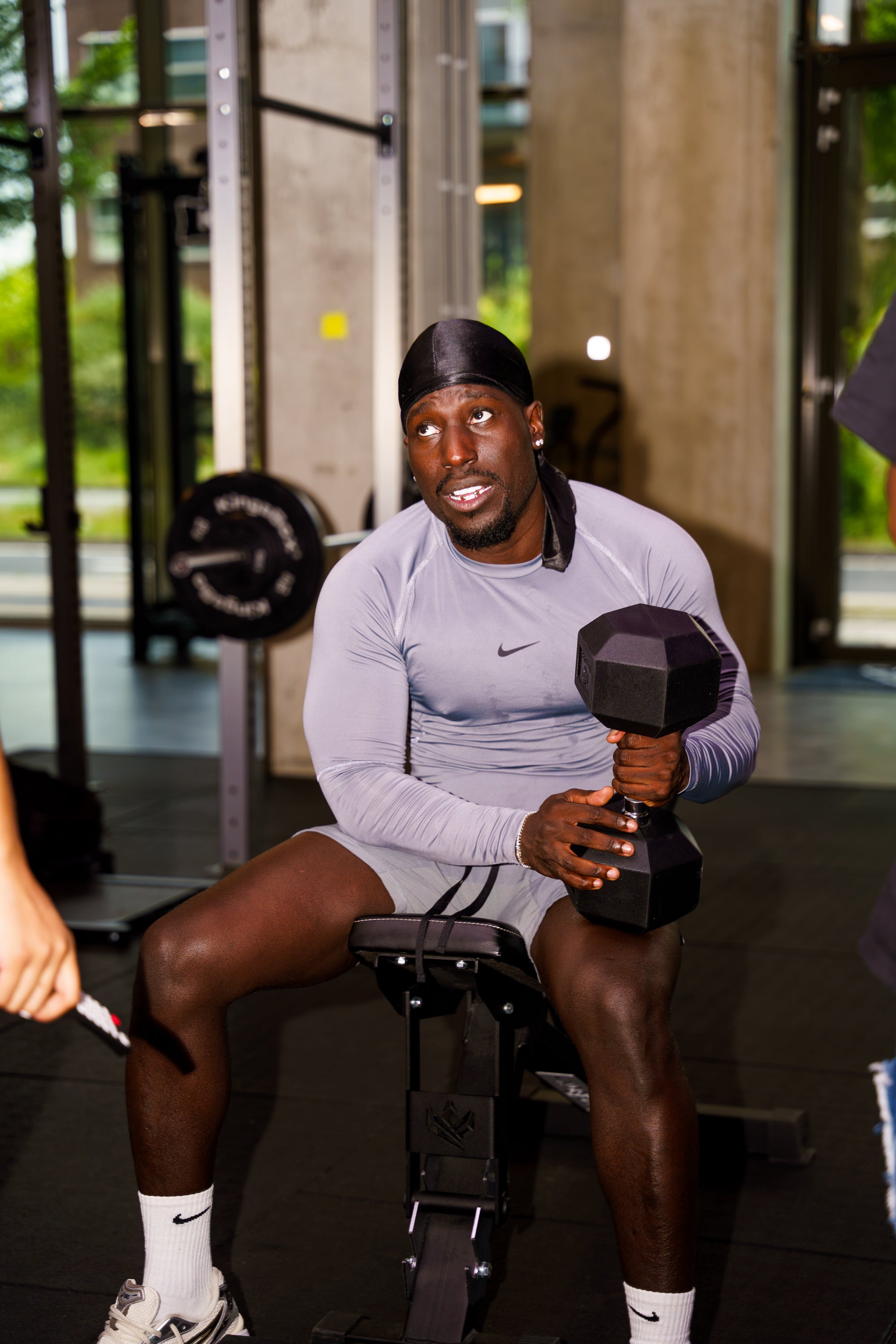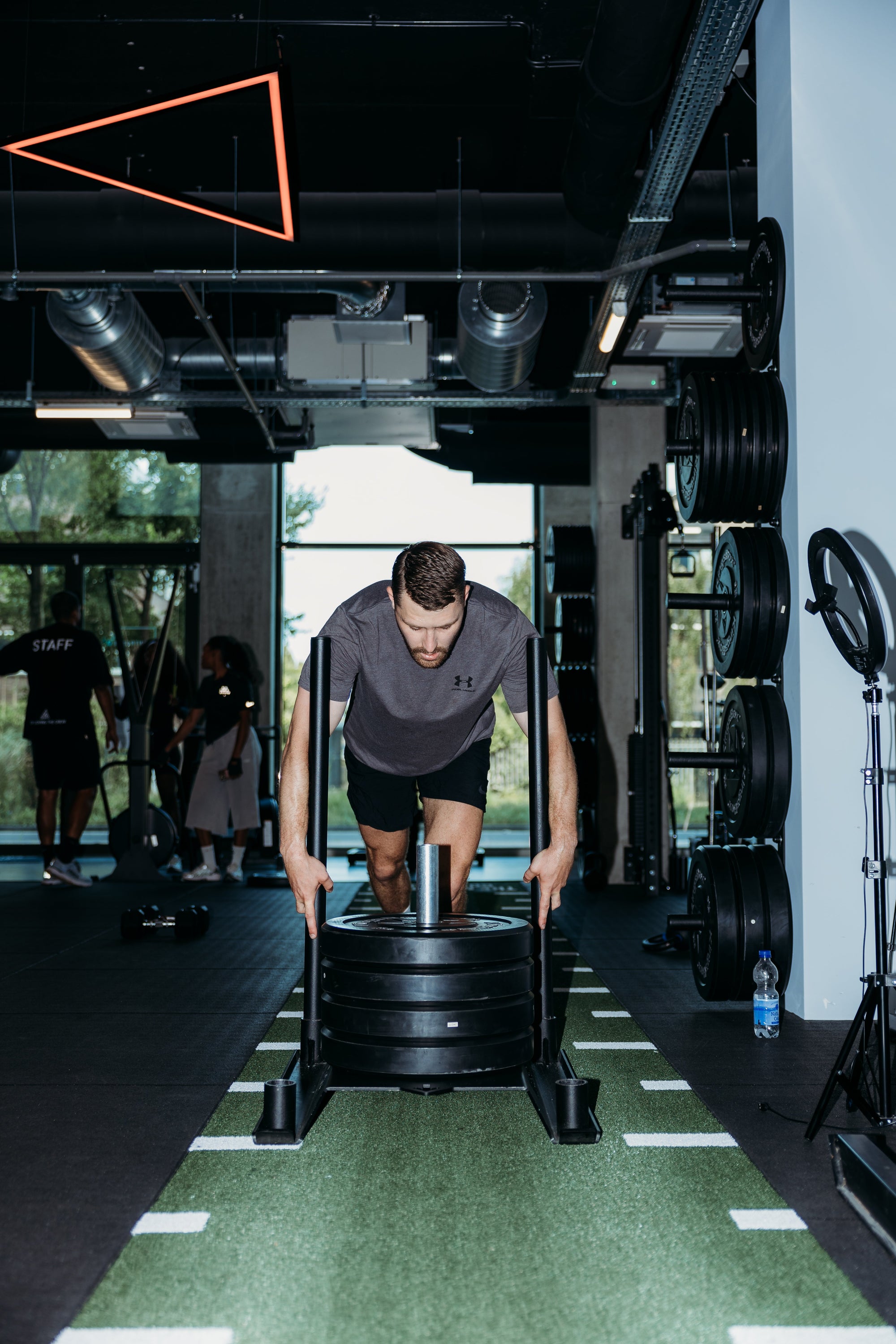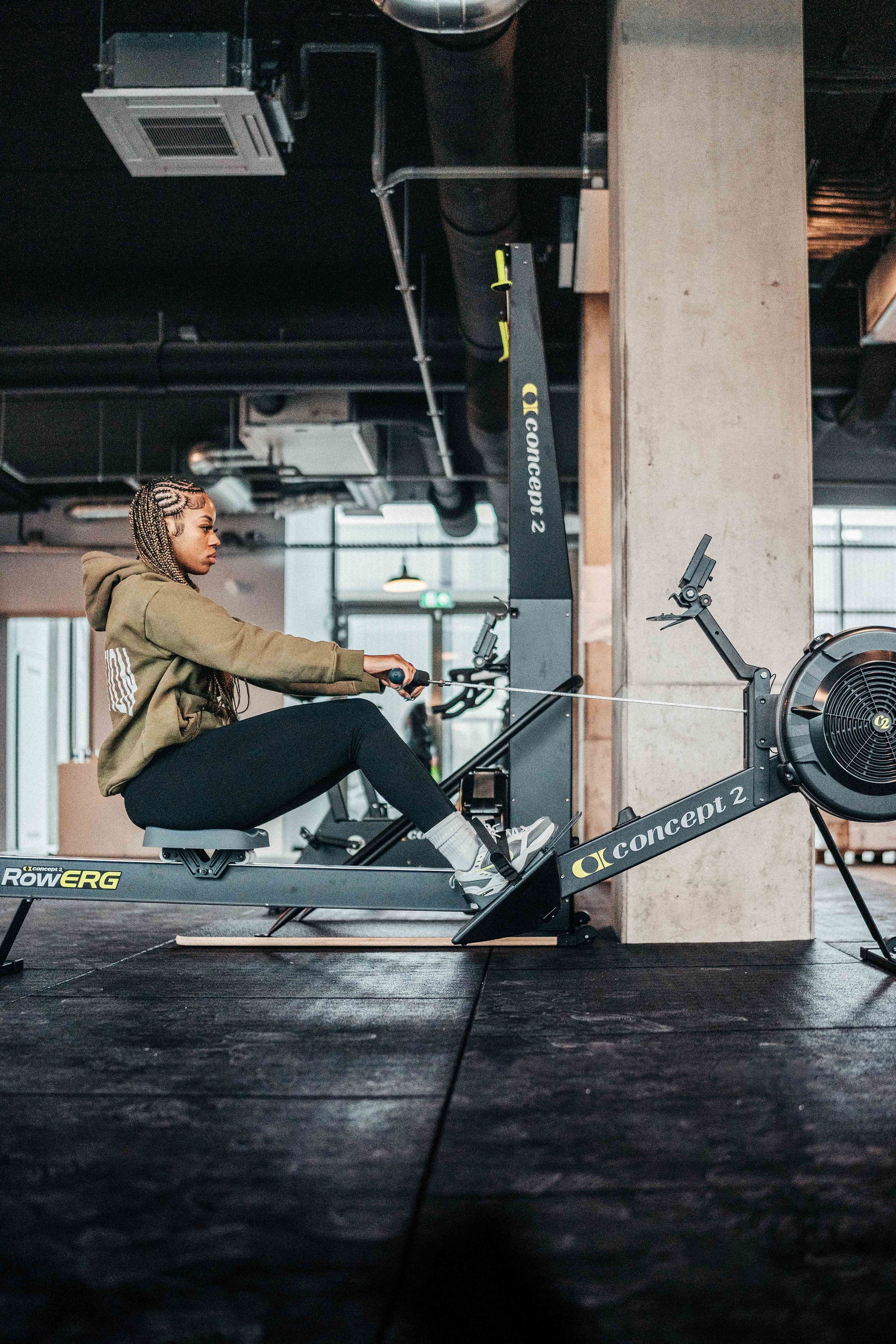Improving Flexibility for Better Hyrox Performance: 5 Stretching Routines You Can’t Miss
Champion, have you ever felt like your muscles are screaming for relief after a tough Hyrox session? Flexibility isn’t just about looking limber on Instagram—it’s the secret sauce that helps you perform better and recover faster. At BallinFit, we live by the mantra “We make Champions,” and that starts with keeping your body as agile and resilient as your training demands. Let’s dive into 5 in-depth stretching routines that will boost your flexibility, enhance your performance, and keep you injury-free.
Why Flexibility Is a Game-Changer for Hyrox
Imagine trying to squeeze through a narrow gap without bending—impossible, right? Flexibility is your body’s ability to move through a full range of motion, and it’s absolutely essential for:
- Improved Technique: A flexible body performs movements more efficiently, reducing the risk of compensatory patterns that could lead to injury.
- Faster Recovery: Stretching increases blood flow, delivering nutrients to tired muscles, and speeds up recovery.
- Enhanced Performance: Whether it’s executing deep squats, fluid wall balls, or dynamic sprints, being limber helps you maximize every rep.
- Injury Prevention: Flexible muscles are less likely to strain or tear during those explosive Hyrox movements.
5 Stretching Routines to Elevate Your Flexibility
We’re not just throwing random stretches at you—here are 5 targeted routines with real-world tips to integrate into your training schedule.
1. Dynamic Stretching Routine: Wake Up Your Muscles
Dynamic stretching is perfect for your pre-workout warm-up. It’s all about active movements that get your muscles and joints ready for high-intensity work.
What It Involves:
- Leg Swings: Stand on one leg and swing the other forward and backward. Aim for 15–20 swings per leg to loosen up your hip flexors and hamstrings.
- Arm Circles: Extend your arms out to the sides and make large circles. Do this for 30 seconds, then reverse the direction.
- Torso Twists: With your feet shoulder-width apart, twist your upper body side-to-side. This movement warms up your core and prepares you for explosive rotations in your training.
Why It Works:
Dynamic stretches mimic the movements you’ll perform during your workout, boosting blood flow and enhancing neuromuscular coordination.
Pro Tip:
Integrate these stretches into your warm-up for at least 10 minutes before any Hyrox session. Your body will thank you when it’s time to hit those high-intensity drills.
2. Static Stretching Routine: Deep Tissue Release Post-Workout
After you’ve smashed your workout, static stretching is your best friend. Unlike dynamic stretches, static stretches are held for 20–30 seconds and help your muscles lengthen and relax.
What It Involves:
- Seated Forward Bend: Sit with your legs extended straight in front of you, then reach for your toes. This targets your hamstrings and lower back.
- Butterfly Stretch: Sit with the soles of your feet together and gently push your knees toward the ground. This stretch opens up your groin and inner thighs.
- Chest and Shoulder Stretch: Stand facing a wall, extend your arm, and gently rotate your body away from the wall to stretch your chest and shoulders.
Why It Works:
Static stretching helps reduce muscle tension and improves flexibility over time. It’s critical for enhancing recovery and preventing the stiffness that can slow you down.
Pro Tip:
Hold each stretch for at least 20–30 seconds. Focus on deep, controlled breathing to help your muscles relax completely.
3. Yoga Flow Routine: Balance, Flexibility, and Mental Clarity
Yoga isn’t just for Zen masters—it’s a powerful tool to improve flexibility, balance, and even your mental focus. A short yoga flow can integrate stretching, strength, and recovery all in one.
What It Involves:
- Sun Salutations (Surya Namaskar): A series of poses that warm up your entire body. Start with 5 rounds to build heat and increase mobility.
- Warrior Series: Poses like Warrior I and II stretch your hips, legs, and arms while building stability.
- Downward Dog: A classic pose that lengthens your spine, calves, and hamstrings. Hold for 30 seconds to a minute.
- Child’s Pose: End your session with this gentle stretch to relax your back and shoulders.
Why It Works:
Yoga flows promote holistic flexibility and help you tune into your body’s signals. The emphasis on breathing also reduces stress and mental fatigue.
Pro Tip:
Set aside 20–30 minutes after a tough training session to roll through a yoga flow. You’ll improve both your physical range of motion and your mental clarity.
4. Foam Rolling Routine: Self-Myofascial Release for Deep Tissue Relief
Foam rolling is like giving yourself a deep tissue massage. It’s especially useful for breaking up muscle knots and improving circulation.
What It Involves:
- Quadriceps Roll: Lie face down with the foam roller under your thighs. Roll slowly from your hip to your knee, pausing on tight spots.
- Calf Roll: Sit on the floor, place your calves on the roller, and use your hands to lift your body slightly as you roll.
- Upper Back Roll: Lie on your back with the roller under your shoulder blades. Cross your arms over your chest and roll from your upper back down to your mid-back.
- IT Band Roll: Lie on your side with the roller just below your hip. Roll down the outer thigh slowly, focusing on the tight areas.
Why It Works:
Foam rolling promotes blood flow, increases tissue elasticity, and helps reduce muscle soreness. It’s a proactive way to prepare your muscles for the next intense session.
Pro Tip:
Spend 1–2 minutes on each muscle group. Consistency is key; incorporating foam rolling into your post-workout routine can dramatically improve your flexibility over time.
5. PNF Stretching Routine: Advanced Techniques for Maximum Flexibility
PNF (Proprioceptive Neuromuscular Facilitation) stretching is a more advanced technique that involves both stretching and contracting the muscle. It’s highly effective for increasing your range of motion.
What It Involves:
- Hamstring PNF Stretch: Sit on the ground with one leg extended. Reach for your toes, then contract your hamstrings by pressing your heel into the floor for 6-10 seconds. Relax and stretch further. Repeat 2–3 times.
- Calf PNF Stretch: Stand facing a wall with one foot back. Push against the wall with your back leg to contract your calf muscles for 6-10 seconds, then relax and deepen the stretch.
- Shoulder PNF Stretch: Extend one arm straight in front of you. With the other arm, gently pull it across your body, hold the contraction for 6-10 seconds, then relax into a deeper stretch.
Why It Works:
PNF stretching is scientifically proven to improve flexibility more than traditional static stretching. The combination of muscle contraction and relaxation helps increase your stretch tolerance and overall range of motion.
Pro Tip:
Because PNF stretching is intense, incorporate it into your routine 1–2 times per week. Work with a coach or partner if possible to ensure proper technique and avoid over-stretching.
How to Integrate These Routines into Your Hyrox Training
Champion, incorporating flexibility training into your regimen isn’t a one-and-done deal—it’s an ongoing process. Here’s how to weave these routines into your weekly schedule:
Pre-Workout Warm-Up (Dynamic Stretching)
- Spend 10 minutes on a dynamic stretching routine to prime your muscles.
- Focus on movements that mirror your training activities (e.g., leg swings and arm circles).
Post-Workout Cool-Down (Static Stretching)
- Dedicate 10–15 minutes after every workout to static stretching.
- Concentrate on the major muscle groups you used during your session.
Weekly Dedicated Flexibility Sessions
- Yoga or Pilates: Schedule a 20–30 minute session once or twice a week.
- Foam Rolling: Add a 10-minute foam rolling routine after intense training sessions.
- PNF Stretching: Incorporate PNF stretches 1–2 times per week, especially if you’re working on specific flexibility goals.
Listen to Your Body
- If you feel particularly tight or notice areas of stiffness, add extra stretching sessions.
- Monitor your progress over time and adjust the frequency and intensity of your routines accordingly.



